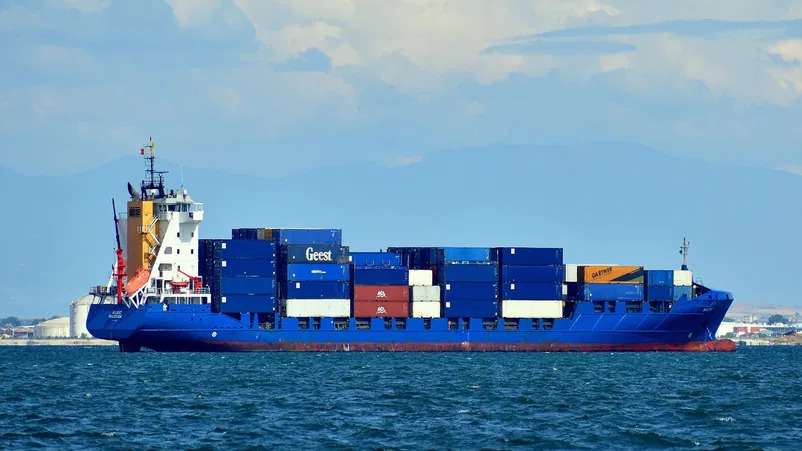India’s trade deficit has recently surged to alarming levels, reflecting broader economic challenges and shifts in the global marketplace. This article delves into the factors contributing to India’s trade deficit, examines its implications, and explores potential strategies to address the imbalance.
What is India’s Trade Deficit?
India’s trade deficit is the gap between the country’s imports and exports. When imports exceed exports, it results in a trade deficit, which has been a significant concern for the Indian economy recently. In August, India’s trade deficit reached a 10-month high of USD 29.65 billion, driven by various factors.
Factors Contributing to India’s Trade Deficit
- Increased Imports: One of the primary drivers of India’s trade deficit is the rise in imports. In August, imports increased by 3.3% to USD 64.36 billion, reaching a record high. Notably, imports of gold and silver saw substantial growth, contributing significantly to the trade deficit.
- Decline in Exports: India’s exports fell by 9.3% in August, marking the steepest decline in 13 months. This decrease in exports is linked to global economic uncertainties and challenges faced by key export sectors.
- Crude Oil Imports: Although crude oil imports decreased by 32.38% due to falling petroleum prices, this decline did not sufficiently offset the overall trade deficit. The reduction in crude oil prices has had a mixed impact on merchandise exports.
The Impact of India’s Trade Deficit
India’s growing trade deficit poses several economic challenges:
- Economic Uncertainty: A widening trade deficit can create economic instability, affecting currency values and leading to increased borrowing costs. This situation can impact overall economic growth and investor confidence.
- Global Trade Dynamics: The trade deficit reflects broader global trade dynamics, including economic slowdowns in major markets like China and the EU. These factors can further strain India’s export performance and trade balance.
- Sector-Specific Challenges: Certain sectors, such as petroleum products, rice, and marine products, have experienced significant declines in exports. Understanding these sector-specific challenges is crucial for devising effective strategies to boost exports.
Strategies to Address India’s Trade Deficit
- Exploring New Markets: The Indian government is focusing on exploring new markets, particularly in regions like Africa. Expanding trade relations with emerging markets can help diversify India’s export base and reduce the trade deficit.
- Promoting Champion Services Sectors: India is identifying and promoting 12 champion services sectors, including education, healthcare, and transportation. These sectors hold significant potential for growth and can contribute to reducing the trade deficit.
- Enhancing Global Value Chains: Integrating into global value chains can provide forward and backward linkages, improving India’s export competitiveness. This strategy involves importing necessary components to support export-oriented industries.
Conclusion
India’s trade deficit highlights the complex interplay of domestic and global economic factors. While the current situation poses challenges, strategic measures such as exploring new markets and promoting key sectors offer potential solutions. Addressing India’s trade deficit effectively will require a concerted effort from policymakers, businesses, and stakeholders to navigate the evolving economic landscape.







